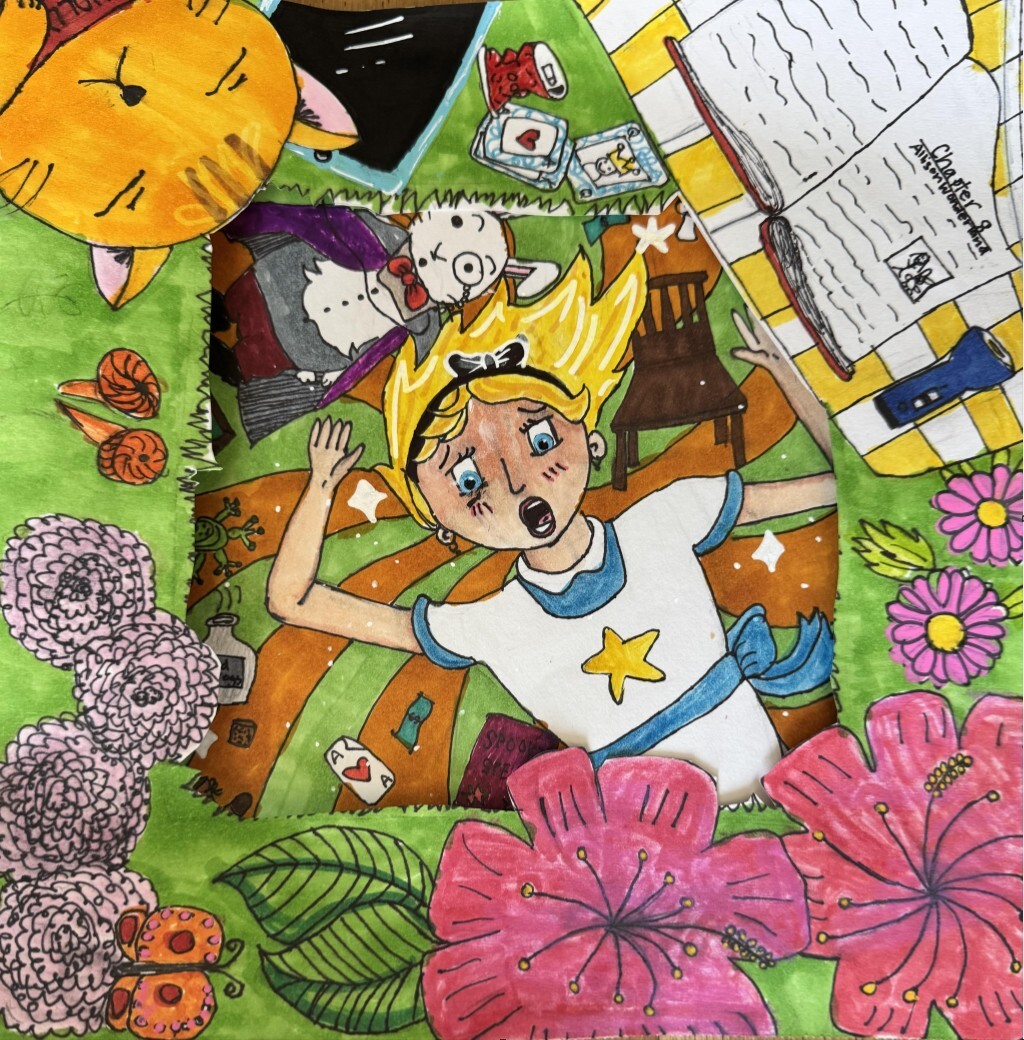
A San Jose company is getting creative with ways to get children away from their screens, starting with an art competition.
While Gov. Gavin Newsom signed the Phone-Free School Act last year to reduce excessive smartphone use in schools, the law doesn’t take effect until July 2026. In the interim, San Jose’s Network Financials Inc., or NetFin for short, is among those looking to resolve this issue now.
Related Articles
Report: California’s teaching candidates may be missing key math training
Former Monterey County elementary school music teacher convicted of lewd acts with minors
Appeals court upholds $1 million verdict in California middle school bullying case
Amos: Too many California kids can’t read. Will phonics help?
They said it: Old-timers’ sportsmanship rules baffle new generation
The data solutions company launched “Unplug & Imagine,” an art competition for elementary and middle school students, to inspire creativity, self-expression and mindfulness and reduce screen time for children by having them create original artwork.
Netfin founder and CEO Debi Prasad Sahoo first suggested the art competition in a six to eight months prior to it being launched. Solution Specialist Swagatika Priyadarshini was then tapped to lead the project. They thought of several art prompts for the student artists, like getting kids to imagine their dream vacation or how they envisioned an “unplugged” world.
They then started reaching out to schools throughout the Bay Area. They said the nine participating schools implemented the program through art classes. Priyadarshini said the 40 or so students who submitted artwork were creative with their drawings, from birds and natural environments to fantasy creatures spilling out of a vortex.
“We were pretty happy and also, we are excited to see the pictures,” Priyadarshini said. “When (the screen) is off, the creativity really happens.”
Logging off devices can also help with health issues. Dr. Jennifer Zumarraga at El Camino Health in Los Gatos and Mountain View said digital distress is characterized by symptoms of anxiety and depression in relation to excessive screen time. Youth experiencing digital distress may have difficulty sleeping or concentrating, show decreased interest in activities they normally enjoy or participate in self-harm.
Zumarraga added that excessive screen time is associated with decreased brain volume, which can impact children’s emotional regulation and decision making and cause them difficulties with impulse control and making decisions.
“If the distress and the symptoms continue and they’re prolonged and, of course, if its interfering with their ability to function day to day, if they’re not sleeping or if they’re not eating, if it’s affecting their health or if it’s affecting social connections or schools or activities, those are the biggest things I’d watch for,” Zumarraga said.
During the two- to three-week program, Sahoo said, students cut down their screen time by two to three hours per week. Teachers, Sahoo added, reduced their device use for two hours over two weeks during the program while parents reported a reduction of two to four hours during the same time period.
Bennette John, a customer solutions architect, said his daughter Carine Bennette, a student at Santa Teresa Elementary School in South San Jose, participated in the program and loved it. He recalled that she drew a purple flower on a black background . As a parent, John was concerned about his 6-year-old daughter’s screen time, and he said the program gave her an opportunity to exercise her creativity and incentivized her to improve her art skills.
“It’s very easy for a kid her age to not do something creative or something that does not give instant gratification and a dopamine kick,” John said. “Without an alternate, it’s hard for us to say, ‘Stop this,’ so ‘What do I do instead?’ is the next question that comes to her mind.”
Zumarraga said that when kids are more attached to screens, it can be harder for parents to set boundaries for fear that their children might have an emotional outburst. She added that parents should also include their children in conversations to limit their screen time and model good behavior themselves.
“The biggest thing is modeling healthy digital habits for the parents because they’re definitely watching, and if we’re on our phones not paying attention to them, then they’re going to the same,” Zumarraga said.
Priyadarshini said the program met with positive responses from art teachers, parents and principals. She said Netfin is hoping to do two more rounds of the program after schools return from summer break and was planning to hold a winter edition of the competition.
Sahoo said organizers were also planning to introduce categories for high school students and awards for the top five students in each category.